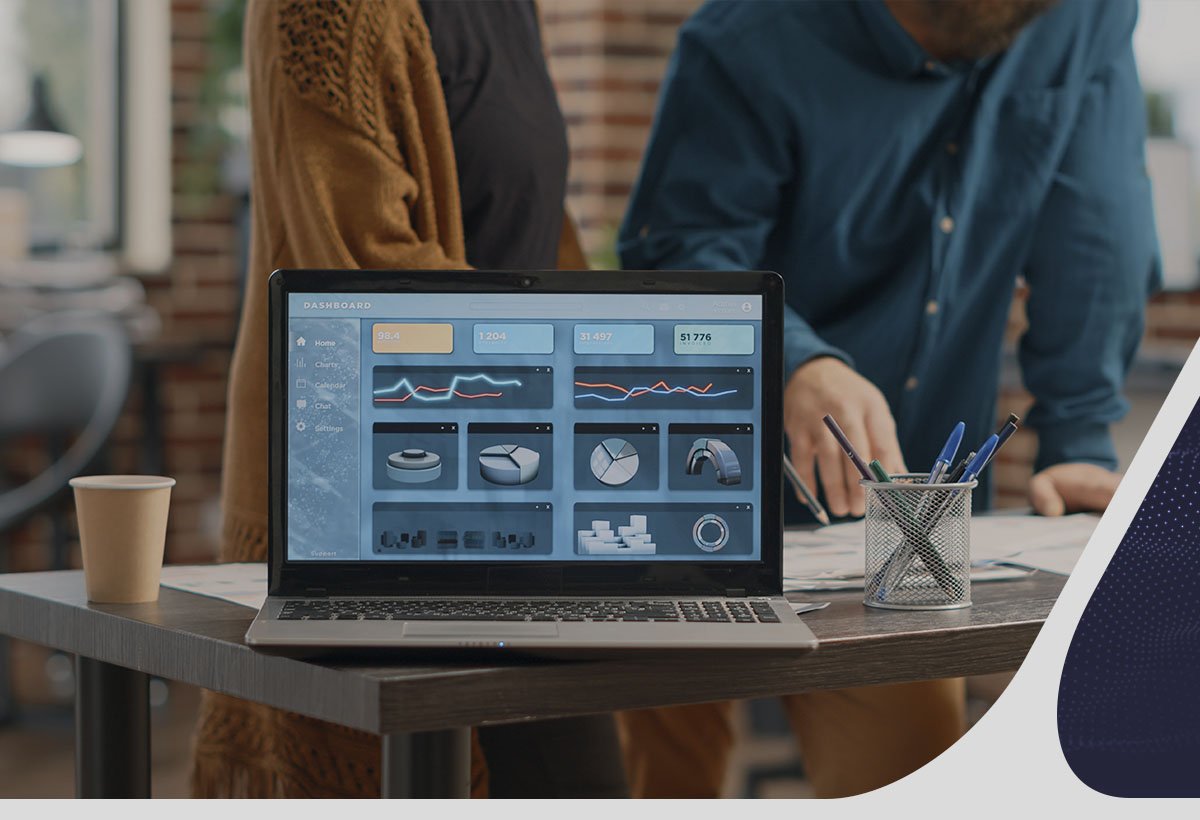The crisis caused by the coronavirus left companies’ cash flow compromised and the recovery, when it begins to happen, will not occur quickly. In fact, the post-pandemic recovery in Brazil could be up to 90% slower and clothing manufacturers need to be prepared for this scenario.
One of the ways to contain the impacts caused by low sales is to reduce internal costs. At this moment, containing waste and making processes more efficient and profitable becomes a matter of survival for companies. To better understand how it is possible to achieve these goals, check out the 3 ways to reduce costs in manufacturing that we have separated in this article!
Process redesign after the pandemic
Sometimes internal processes have not been reviewed for some time, becoming obsolete and costly. By analyzing all costs, it is possible to find ways to redesign these processes so that they become more efficient and less costly.
Are your electricity bills too high? What if more economical lighting were implemented? What about other costs? Is it possible to reduce them?

After having this information in hand and studying all the expenses, draw up an action plan to eliminate those that are not essential. You can see that it is possible to buy raw materials in greater quantity and obtain greater discounts, find suppliers with lower prices (be careful with quality), invest in higher-turnover parts and several other actions.
Related:
- Is it possible to guarantee quality in textile manufacturing?
- Common errors in receiving and evaluating fabrics in manufacturing
- How to obtain the benefits of production standardization in clothing?
Elimination of production bottlenecks after the pandemic
Could the problem be in old equipment that consumes a lot of energy? Even the arrangement of equipment within the factory interferes with productivity. It may also happen that sectors have lower production capacities than others and this causes a production capacity that results in a bottleneck and, consequently, in costs, since it may be necessary to store part of the production.
Bottlenecks are processes, resources, equipment and other factors that are overloaded, causing slowness in the production process. When you analyze and redesign processes, as we instructed in the previous step, you will probably find bottlenecks that need to be eliminated.
Furthermore, it is important not to rely solely on your analyses. To get diverse points of view, bring the team together and speak to the key people involved in the production stages. They know and live with various problems that do not always reach their conclusion, often because they do not think the complaint is important enough. Listen to them carefully and check what can really be changed.
Investment in more efficient machinery to get ahead after the pandemic
In this topic, many will question: if it is necessary to reduce costs post-pandemic, why spend on equipment? The great truth is that many new equipment can reduce costs very quickly, to the point that they pay for themselves in a short period of time and generate constant profits.
This is even one of the benefits of Industry 4.0, which helps to make processes more assertive. Through Big Data it is possible to interpret data and make more efficient decisions and the technologies used allow equipment to make decisions autonomously, even reducing human errors.
There is already a variety of equipment available that reduces costs and increases productivity in clothing factories. Check out some below.
Sample Washer
With the sample washer you can obtain results in 20 minutes (in the traditional process it usually takes 3 hours), using just a small piece of tissue. This means you can check the shrinkage percentage quickly and easily.
Proofreaders
Using the proofreader, you can avoid purchasing fabrics and knits with defects that can compromise your productivity and even generate waste. Through it, you will obtain data on the quality of the profile and will even be able to more assertively monitor the quality of the raw material sent by suppliers.
Relaxer
In the conventional process, mesh relaxation takes 24 to 48 hours. When using the relaxer this time is drastically reduced, in addition to obtaining data such as stable measurements of the usable area and eliminating dimensional defects in cut pieces.
Roller Elevator
With the roller elevator it is possible to optimize the feeding of the wrapping tables in the cutting sector and supply the wrapping machine in a standardized way, ensuring that the process will not interfere with the integrity of the material.
Collar counter
The collar counter is a collar/straight counting system that performs the count by reading image patterns, colors and range of pieces. It is efficient, compact and even has a review table that helps visualize possible defects in items.
Paper punching machine
The paper perforator is used to perforate paper used for wrapping/cutting and allows the discarded paper to be reused in digital printing (sublimation). In addition to excellent quality in paper perforation, it also optimizes paper winding.
Now you know how to reduce costs post-pandemic, we recommend that you better understand the concept of Industry 4.0 and how it will impact the not-so-distant future of the textile sector!


![E-book]How to ensure quality control in the textile industry?](https://deltamaquinastexteis.com.br/wp-content/uploads/2019/04/ebook-como-garantir-o-controle-de-qualidade-na-industria-textil.jpg)